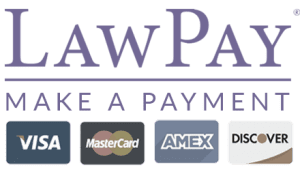As we grapple with rebuilding a new and better economy that is potentially fairer and more equitable, the question of employee ownership has started to come up more often. There are many ways to get to employee owned. Before attempting this feat, however, a business owner (or owners) should consider the why and the how.
How to get to employee owned? Part II: B Corp or Benefit Corporation
How to get to employee owned? Part III: Equity Incentive Compensation
How to get to employee owned? Part IV: Cooperatives
Employee Ownership Through an ESOP
From an employee perspective, a worker or employee-owned business abounds with benefits, with workers enjoying:
- higher than average wage
- a democratic say in their business practices
- wholesale investiture in their own skill development
Transforming a company into an employee-owned business can be done in a number of different ways, but the most common practice so far has been the ESOP — an employee benefit program that gives a company’s workers an ownership stake in the business in the form of employer stock.
Employee-owned businesses are not new concepts. The Internal Revenue Service authorized stock bonus plans for employees in 1926 and the first Equity Stock Ownership Plan (or ESOP) came into being in the 1950s (ESOP History). Throughout the years, the Congress encouraged the use of ESOPS to allow small business owners to be bought out by employees.
There are three types of ESOPs:
- ESOPs that hold publicly-traded employer stock;
- ESOPs that hold privately-traded employer stock; and
- ESOPs that have used a bank loan to buy employer stock (these are also known as leveraged ESOPs)
An ESOP that holds publicly-traded employer stock is basically self-explanatory – the employer is a publicly traded company and the employees, through an ESOP, hold a portion of the employer’s shares.
An ESOP that holds shares of a privately held business are very common. And we all know many of these businesses. The National Center for Employee Ownership compiled the 2020 list of the top 100 majority owned companies, with mega grocery chain Publix topping the list. Since these businesses are 100% employee owned, they are by definition not public companies.
An ESOP that has debt that lets the ESOP buy the employer’s stock is one of the advantages of an ESOP – there are rules and regulations in place that make it easier for an ESOP (and through it, the employees) to finance the acquisition of all or a portion of the stock of an employer from the employer’s original stockholders.
While ESOPs sound like a great way to achieve employee ownership, there are several very important points to know about ESOPS — Issues with ESOPs:
- Setting up and maintain an ESOP is a complicated and expensive process.
- ESOPs may have to repurchase shares from employees when they leave, which could cause cash flow issues.
- ESOPs carry legal risks for the trustees that have to oversee them.
- ESOPs are hard to undo once started.
- ESOPs potentially have a difficult time raising outside capital.
Generally, when I am approached by an ownership team that want to create or establish some form of employee-ownership, the ESOP is not my first choice. There are advantages and disadvantages with ESOPs which need to be carefully considered when they are being considered.






